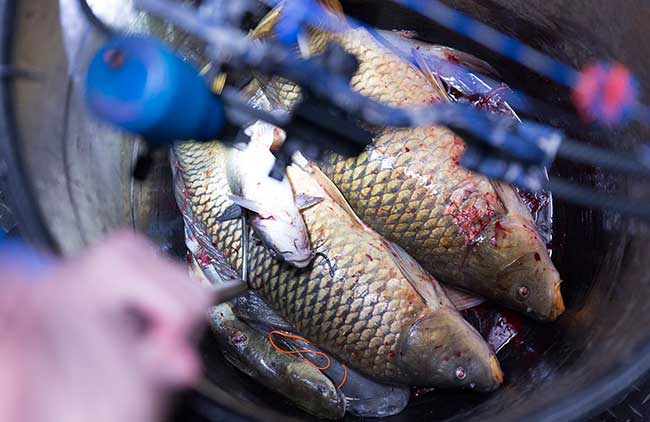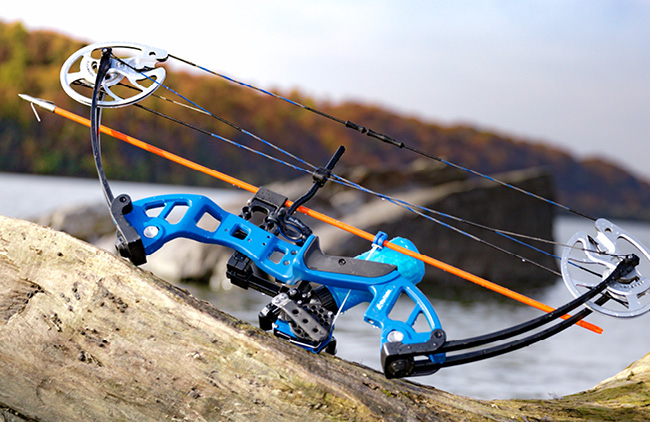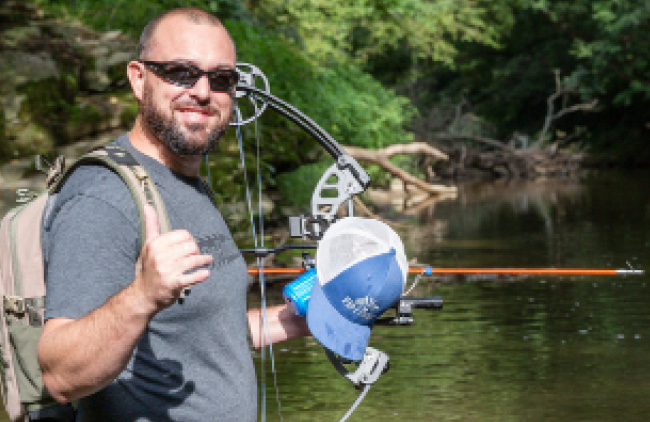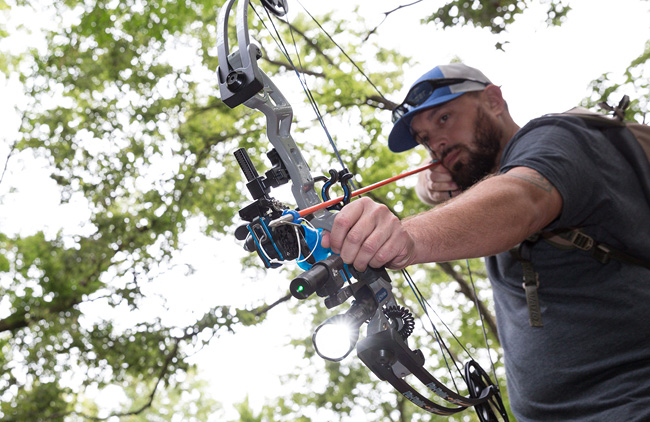How To Convert a Hunting Bow into a Bowfishing Bow
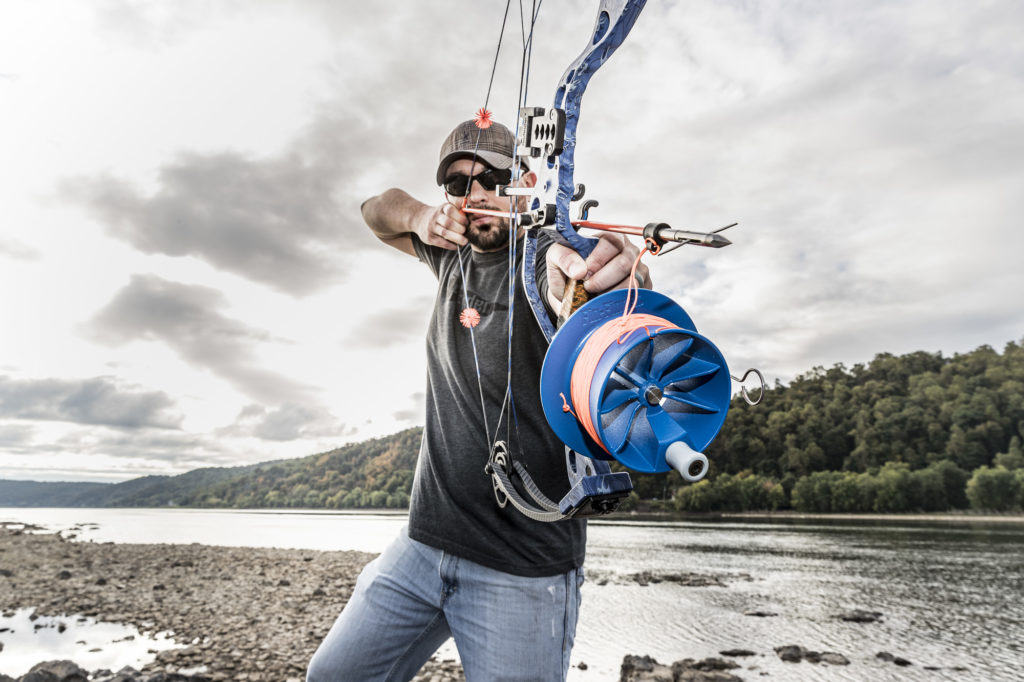
As archers, it is inevitable that at some point we’ll upgrade our bows to the latest and greatest. Technology continues to evolve at a rapid pace in the archery industry and, sooner or later, many bowhunters find themselves with an older bow that is collecting dust.
Resale value on bows is obviously not the same as with firearms and sometimes it is difficult to decide what to do with older archery equipment. Sell it? Give it away? Something else?
The perfect solution is to repurpose your bowhunting bow and turn it into your bowfishing bow.
This ends up being an economical way to get out on the water and begin enjoying all the comradery that is associated with the sport of bowfishing.
Continue reading to learn more about the 5 easy steps to transform your hunting bow into an awesome bowfishing setup.
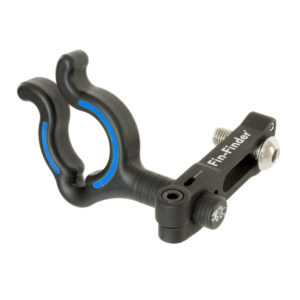
Fin-Finder Current Arrow Rest
Step 1. Select a Rest
When it comes to bowfishing – simple is better. You don’t need a fancy drop away rest to shoot effectively.
In fact, less moving parts means fewer opportunities for failure or malfunction. Also, from a safety standpoint, it is advisable to go with a simple rest such as our Current Arrow Rest or our Hydro Glide.
Either style of rest is effective when installed properly. These rests will install on the riser of your compound bow, but if your old hunting bow is a traditional bow – you’ll need to make sure that the riser is indeed drilled and tapped for a rest.
We don’t recommend shooting off the shelf of your trad bow when bowfishing.
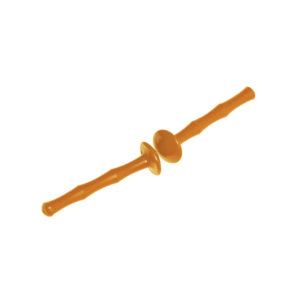
Fin-Finder Hydro-Shot Finger Savers
Step 2. Swap Your String Accessories
If you shoot a compound bow with a release aid attached to a string loop, you will want to swap your string loop out for some variation of string nocks.
Bowfishing is fast-paced, and you won’t be needing that trigger release you’ve been using for big game bowhunting. For this reason, optional accessories like the Fin-Finder Hydro-Shot Finger Savers have become popular with a lot of bowfishing enthusiasts.
They are an easy install and provide a nock point on your bowstring while making finger-shooting without a glove or finger tab much more comfortable.
If you have a peep sight on your string – that can also be removed. The aiming process with bowfishing is not the same as with archery hunting or target shooting and this accessory won’t be needed.
Vibration dampeners are a personal preference. However, if your bowstring is already equipped, you can leave them on the string.
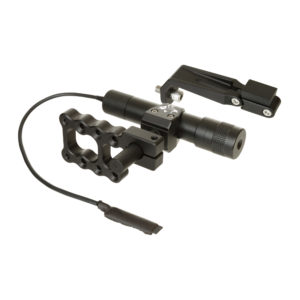
Fin-Finder RefractR BLS Laser Sight
Step 3. Choose a Sight
Bowfishing with a sight is optional. Some people enjoy the challenge of instinctive shooting, while others prefer refracting laser sights.
In 2019, we developed the RefractR BLS which is another version of a laser sight with upgraded components and features, including multiple mounting options.
Laser sights can be especially useful when bowfishing at night, but each bow-fisherman or woman has to decide what bowfishing sight is right for their rig.

Fin-Finder Custom Arrow Builder Option
Step 4. Select Your Arrows and Points
Make sure you give some consideration to the fish species you most likely expect to get into, as well as the conditions in which you will most often be bowfishing. Both of these factors will affect the arrow and point combination you ultimately choose to go with.
If you need some assistance in determining what points are best for the fish you are after, you can reference our Wrecking Level Chart here.
Likewise, our new Custom Arrow Builder option allows you to choose your shaft, color, and point combination if you can’t find the right “stock” option to suit your needs. Fiberglass arrows are a great and highly durable option for most bowfishing applications, but other types of shafts are available – including hybrid carbon shafts.
You’ll also want to be sure to match your arrows and points with the type of fish you are pursuing so that you do not blow through smaller, softer fish. You will want to select points that will hold up in rocky bottoms if you will be bowfishing in those conditions.
Now is also a good time to point out that some high-poundage, high-velocity speed bows might not be optimal for some species of fish. Most bowfishing bows top out at draw weights of under 50lbs. because speed is not as important, and high poundage bows can result in more shoot-throughs.
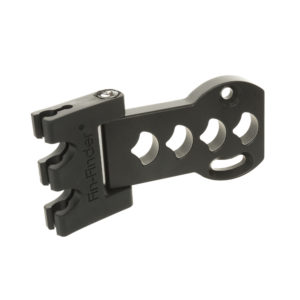
Fin-Finder Arrow Lock Quiver
Step 5. Select Bowfishing Accessories
There are a lot of bowfishing accessories that can take your rig to the next level. You will have to determine what is needed for the type of bowfishing you intend to do.
If you plan on doing a lot of night time bowfishing, and possibly solo bowfishing, a bow-mounted light is a valuable accessory to have. You won’t have a partner to hold a spotlight or boat’s lighting to highlight the action for you.
Other convenient accessories include an arrow quiver which will help to keep your arrow and line from becoming entangled in other equipment or other bows on the boat. It’s also a good idea to invest in extra points and arrows in case a point gets damaged on a rocky creek bottom or you have the unfortunate situation where you have to cut your line.
Time to Bowfish
Transitioning your old hunting bow into a bowfishing bow is a quick and easy way for you to get out on the water and catch the bowfishing bug. It’s also a great way to stay sharp in the off-season of bowhunting.
Now that you’ve completed these 5 steps, you’re ready to wreck some fish with your newly transformed bowfishing bow!
Check out the rest of our blog for more bowfishing tips and make sure you follow us on Facebook and Instagram and tag us in your bowfishing pics #TeamFinFinder

